The Trinova is a high-performance, fully enclosed electric three-wheeler designed to split lanes, lean into corners, and beat urban traffic with style, safety, and speed.

Subscribe to our Telegram channel for instant updates!
In a city where gridlock is the norm and four-wheeled frustration reigns, one engineer has reimagined what the future of commuting could look like. Meet the Trinova: a sleek, three-wheeled electric motorcycle built not for fantasy mountain getaways, but for the real-world battle that is the weekday commute.
Designed by South Africa–born engineer Markus Scholten, the Trinova aims to combine the best of motorcycles and cars: the agility and lane-splitting ability of two wheels with the comfort, safety, and weather protection of an enclosed cabin.
Born from Real Traffic Rage
The idea struck Scholten while inching through Los Angeles traffic after a job interview at Tesla. Watching motorcycles glide past the stagnant sea of cars, he began sketching what would become the Trinova, a vehicle slim enough to cut through traffic but substantial enough to protect its passengers.
At just 85 centimetres wide, the Trinova is narrower than most touring motorcycles, enabling it to legally split lanes in states like California. Its enclosed, two-passenger cockpit and tilt-activated cornering deliver both safety and driving excitement, making it viable for those who wouldn’t normally consider riding a motorcycle.
Lean Into It, Literally
What sets the Trinova apart is its ability to lean up to 55 degrees into corners, comparable to a MotoGP racer. This lean is not just for show; it delivers intuitive handling and prevents the sideways g-forces typical in cars. A sensor-based system calculates the ideal lean angle based on speed and steering input, while a hydraulically activated mechanism ensures the Trinova stays upright at all times, even at low speeds or when stationary.

Electric Power Meets Performance
Initial prototypes ran on a 1,000cc Aprilia engine, but newer versions feature dual electric motors from Zero Motorcycles, offering a combined output of 175 horsepower, similar to a Mazda Miata, but in a package weighing under 340 kg. The result? A projected top speed of 190 km/h and a 0–100 km/h sprint that should rival most sports cars.
With a 10–12 kWh battery, the expected range falls between 160–220 km. A possible range-extender battery module, designed to be carried like a wheeled suitcase, could add even more flexibility.
Safety and Structure
Despite its slim profile, safety isn’t sacrificed. Production models will feature a reinforced aluminium space frame, steel-reinforced doors, and a roll cage. Scholten is also working to integrate lidar sensors to help with lane-splitting awareness, potentially alerting riders to nearby cars or sudden lane changes.
Ready to Roll (and Drift)
Unlike other three-wheelers that have struggled to find mainstream success, the target audience for Trinova isn’t at the slow, quirky commuter market. Scholten wants it to be fast, dynamic, and fun.
After legal battles to secure his IP and design, Scholten is now aiming to kick off limited production by late 2026, starting with a run of 100 hand-built units. His long-term vision? Take the Trinova to the Isle of Man TT and set a lap record for three-wheelers.
The Trinova may not change the world overnight, but for urban commuters tired of idling their lives away, it could offer something better: freedom, fun, and a faster way home.



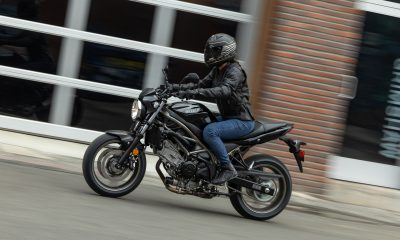
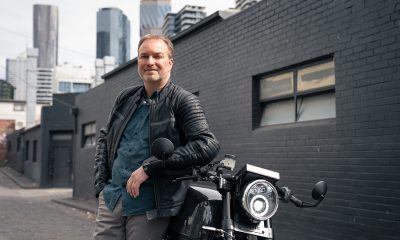
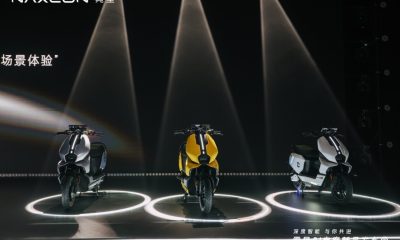

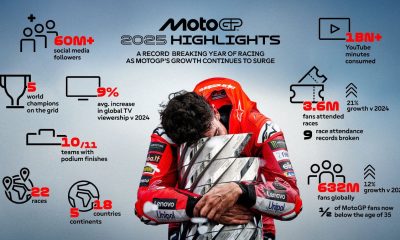
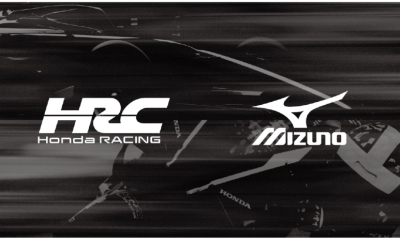


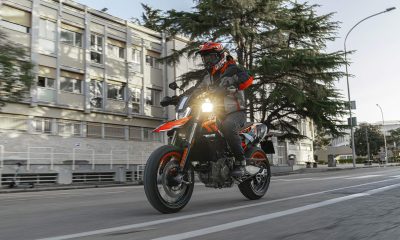
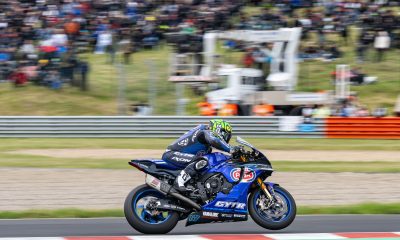
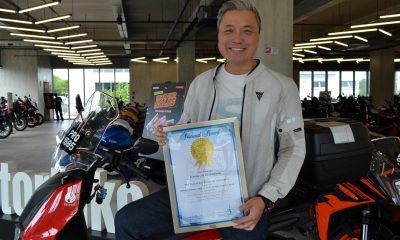
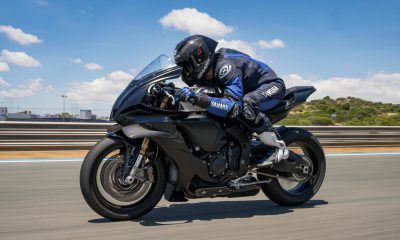
















Facebook
Instagram
X (Twitter)
YouTube
LinkedIn
RSS